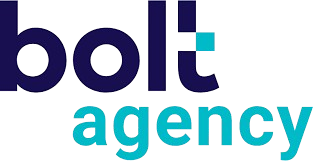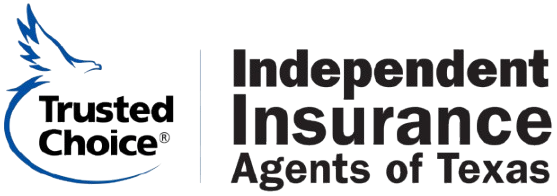Understanding the Deer Danger in Fall
The fall season brings beautiful scenery, but for commercial drivers and fleet managers, it also introduces specific risks, particularly deer collisions. October through December are peak months for deer activity, a period that corresponds with drivers reporting over $1 billion in annual damages, with an average repair cost hitting $3,000. Such incidents are not only hazardous but can lead to significant financial setbacks for businesses reliant on vehicle continuity.
Safety Tip: Watch for Peak Activity
Deer are most active during dawn, dusk, and overnight. It’s crucial to stay vigilant during these hours. Visibility is often reduced, and encounters with deer can be unexpected. Fleet managers should ensure their teams are aware of these peak times as part of safety protocols.
Safety Tip: Use High Beams Appropriately
Whenever possible, use high beams to improve your visibility, but remember to dim them for oncoming traffic. Enhanced visibility can help in spotting deer early, allowing for more time to react. This proactive measure is vital in averting potential collisions.
Safety Tip: Don’t Swerve
Though it might feel instinctive to swerve when a deer appears, doing so can lead drivers into oncoming traffic or off the road entirely. Instead, brake firmly and maintain your lane. This approach minimizes the risk of a rollover or a secondary collision.
Safety Tip: Notice the Signs
In areas where deer crossings are common, always pay attention to deer crossing signs. These are placed in high-traffic zones where deer sightings are frequent. Awareness in these regions can significantly decrease the likelihood of an unexpected encounter.
Safety Tip: Always Buckle Up
Your seat belt is one of the most effective ways to protect yourself in the event of an accident. Ensuring all drivers and passengers are buckled can prevent injuries in case of a deer collision.
After a Collision: Immediate Actions
If an unfortunate encounter occurs, the first priority is safety. Move your vehicle to a safe location if possible, use hazard lights, and contact law enforcement for assistance. It’s essential to notify your insurance contact promptly to address any claims efficiently.
Why Education is Key
While deer collisions are a serious risk, they can often be avoided with proper awareness and proactive measures. Educating commercial drivers now—during the peak season—minimizes risks and ensures operational efficiency.
For fleet managers, this is an opportune time to review your current commercial auto policy. Ensuring adequate coverage is part of a broader effort to safeguard your business from costly downtime. For further guidance on risk management solutions, feel free to reach out to our experts.



